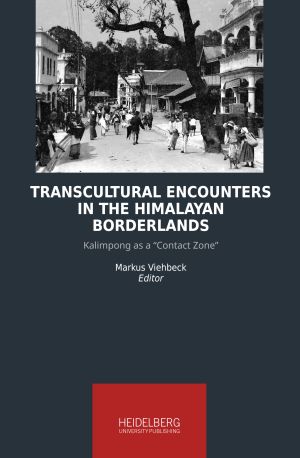Zitationsvorschlag
Lizenz (Kapitel)

Dieses Werk steht unter der Lizenz Creative Commons Namensnennung - Weitergabe unter gleichen Bedingungen 4.0 International.
Identifier (Buch)
Veröffentlicht
Photography in the “Contact Zone”: Identifying Copresence and Agency in the Studios of Darjeeling
Abstract Among the many novel cultural technologies that the British introduced to the Himalayas in the second half of the nineteenth century was photography. Although initially deployed as a crucial instrument for use within colonial documentation projects, by the 1880s the camera had become more closely aligned with tourism and the other “pleasures of Imperialism” that could be enjoyed by Europeans in the hill stations of the Himalayas. With its views of the high peaks and its diverse community, Darjeeling became a prime location for the production and consumption of photographs framed according to outsiders’ criteria of landscape and ethnic type genres. Examining the creation and circulation of such images within the visual economy of Darjeeling allows us to overturn some of the assumptions of previous scholarship on colonial-era photography in which a severe power imbalance between the colonialists and the colonised has been emphasised. Instead, this essay suggests that within the social spaces of photography in the contact zones of the Himalayas, it may be possible to detect important signs of indigenous agency and transcultural interaction.






